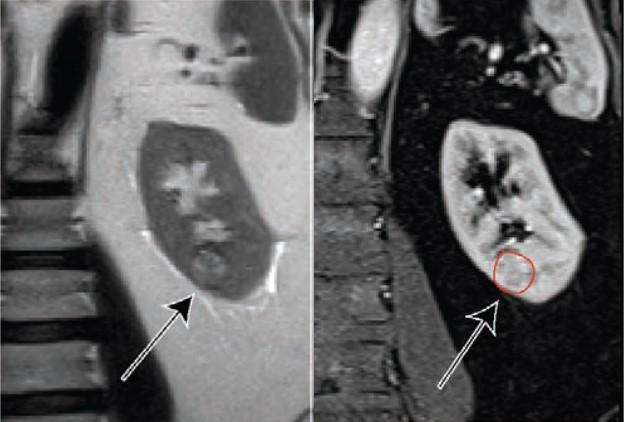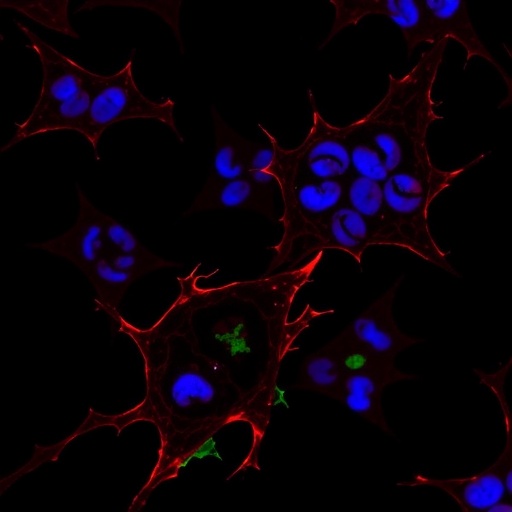Standardized non-invasive clear cell likelihood score–derived from MRI–correlates with the growth rate of small renal masses and may help guide personalized management

Credit: American Roentgen Ray Society (ARRS), American Journal of Roentgenology (AJR)
Leesburg, VA, July 22, 2021–According to ARRS’ American Journal of Roentgenology (AJR), the standardized non-invasive clear cell likelihood score (ccLS)–derived from MRI–correlates with the growth rate of small renal masses (cT1a,
Extracted from clinical reports, “the ccLS scores the likelihood that the small renal mass represents clear cell renal cell carcinoma, from 1 (very unlikely) to 5 (very likely),” explained corresponding author Ivan Pedrosa from the University of Texas Southwestern Medical Center at Dallas. “Small renal masses with lower ccLS may be considered for active surveillance, whereas small renal masses with higher ccLS may warrant earlier intervention.”
Pedrosa and colleagues’ retrospective study included consecutive small renal masses assigned a ccLS on clinical MRI examinations performed between June 2016 and November 2019 at an academic tertiary-care medical center or its affiliated safety net hospital system. Tumor size measurements were extracted from available prior and follow-up cross-sectional imaging examinations, through June 2020.
Among 389 small renal masses in 339 patients (198 men, 141 women; median age, 65 years) on active surveillance that were assigned a ccLS on clinical MRI examinations, those with ccLS4-5 grew significantly faster (9% diameter, 29% volume yearly) than those with ccLS1-2 (5% diameter, p<.001 volume p or ccls3 diameter>
Noting that the lack of validated imaging markers to characterize biologic aggressiveness of small renal masses hinders medical decision making among available initial management strategies, “growth is associated with ccLS in small renal masses,” the authors of this AJR article reiterated, “with higher ccLS correlating with faster growth.”
###
Founded in 1900, the American Roentgen Ray Society (ARRS) is the first and oldest radiological society in North America, dedicated to the advancement of medicine through the profession of radiology and its allied sciences. An international forum for progress in medical imaging since the discovery of the x-ray, ARRS maintains its mission of improving health through a community committed to advancing knowledge and skills with an annual scientific meeting, monthly publication of the peer-reviewed American Journal of Roentgenology (AJR), quarterly issues of InPractice magazine, AJR Live Webinars and Podcasts, topical symposia, print and online educational materials, as well as awarding scholarships via The Roentgen Fund®.
Media Contact
Logan K. Young
[email protected]
Original Source
https:/
Related Journal Article
http://dx.





